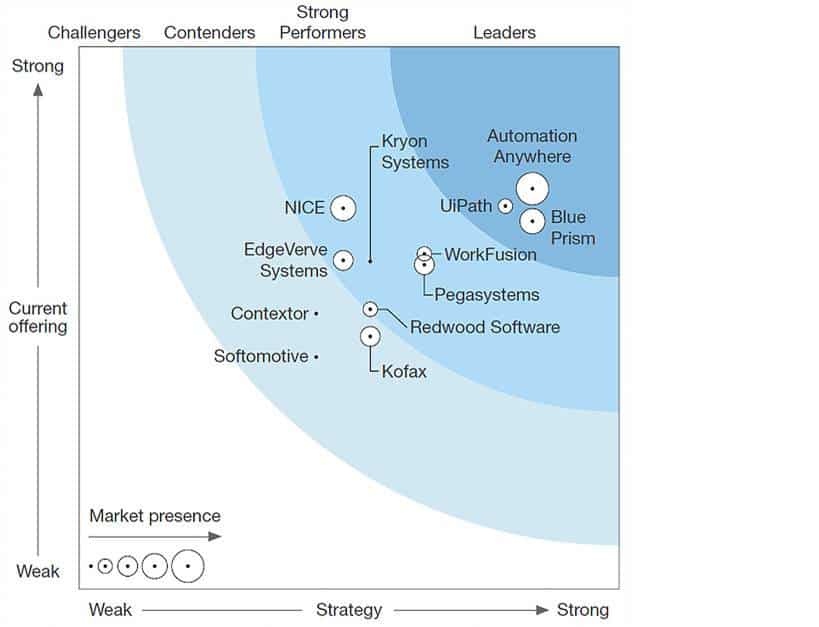A case for Robotic Process Automation in Publishing
TL'DR
Do you know commercial publishing company can take up to 18 months to get a book from manuscript to final? Why wait so long when the hard work of content writing is completed? Process efficiency through automation can help in reducing the time to publish with the help of RPA.
What is RPA?

RPA (Robotic Process Automation) is a quick & handy solution that can be implemented in publishing for processes like page alignment, formatting and plagiarism detection. Human operations that can be error-prone and time consuming can be easily mimicked using RPA. Using RPA, we can log into any application, access mail, copy-paste, extract data from different file formats and send timely reminders. As there is a long wait for converting an author's manuscript to printed version of book, RPA can help in reduction of processing time which is currently spanning across months.
Traditional Vs Self-publishing
Self-publishing gives you creative freedom and has no boundaries established by agent, publisher or editor. A self-published author on Amazon gets 35% to 70% of sales for ebooks and 100% for paperback editions. (These figures could differ from country to country). Self-publishing requires the author to invest their own money to produce, market, distribute, and warehouse the book.In traditional publishing, the only investment is the author’s writing, while other expenses from cover to distribution are the publisher’s headache. Traditional publishing brings out a professional version of the book with a much better reach, making it available in bookstores all over the country. Publishing houses also have greater access to literary festivals, media, talks and book readings.
Steps involved in Traditional Publishing
- Identifying right category of writing
- Finding a literary agent
- For a non-fiction book, the author needs to submit a book proposal with three sample chapters, and a synopsis of each chapter.
- For a fiction book, the author needs to submit the complete manuscript.
- Authors need to submit a Query Letter to publishers. A Query Letter is like a sales-pitch for your book. It needs to contain a synopsis of the book, the chapter summary, the market for the right audience and description of the author.
- The Query Letter needs to be sent to a literary agent who helps in connecting authors with publishers.
- Once the publisher is identified, he/she assumes full responsibility for all steps & tasks until the book is finally published.
Where RPA can help in publishing sector
The final step of the above process could take as long as 18 months, and here is where RPA can help. RPA can reduce processing time and improve accuracy. Some of the processes in publishing which can get benefitted through RPA are given below: -
- Formatting the content of the manuscript
The content given by the author is mostly either word document or scanned hardcopy which needs to be converted into soft copy. This process can be automated using RPA where the attachment in the mail can be opened and based on the file format, the soft copy of the book can be generated and passed on to the subsequent quality control check where missing text information is checked.
- Plagiarism detection
Plagiarism detection is the process of locating instances of another author's language, thoughts, ideas, or expressions in the received manuscript. Manual detection of plagiarism requires enormous effort and excellent memory, and is impractical in cases where too many documents must be compared, or when original documents are not available for comparison. RPA can come handy in both manual and software-assisted detection and reporting the findings to the quality control team.
- Cross-checking diagrams and tables mentioned in the manuscript
The reference detail in manuscript is compared against the actual table and diagram mentioned. E.g.:- If a reference is mentioned as Table 1.1, a check needs to be made on the actual mention of Table 1.1 in the content. Any missing table numbers or diagrams to be reported for correction. This step can be completely automated using RPA and the errors can be directly mailed to the author for corrections.
- Pre-edition and conversion to XML
After the quality check, the soft copy of the manuscript is converted to XML. Depending on country specific styles (style of UK will be different from that of US), date format checks and consistency checks can be performed across manuscript. With the help of RPA, business rules can be clearly defined resulting in incase of process accuracy.
- Pagination
Pagination for the soft copy of the book can be automated using RPA based on the font-style, heading and paragraph details.
- Communication between the author and the publisher
Lot of communication happens between the author and the publisher while doing quality checks on manuscript like tables/diagrams, citations, chapters, title, cover page etc. If timely follow-up and mail communication at the end of every quality control process in handled via RPA, time can be saved resulting in faster book publication.

Key Players in RPA
The famous trio and the market leaders in RPA tools are Blue Prism, UiPath and Automation Anywhere. At Ideas2IT, we have certified RPA developers in all 3 tools, and we’re becoming one of the best RPA service providers in the country, who can help with your automation needs across verticals, including publishing. Contact us if you need more information.







.png)
.png)
.png)
.png)
.png)
.png)












